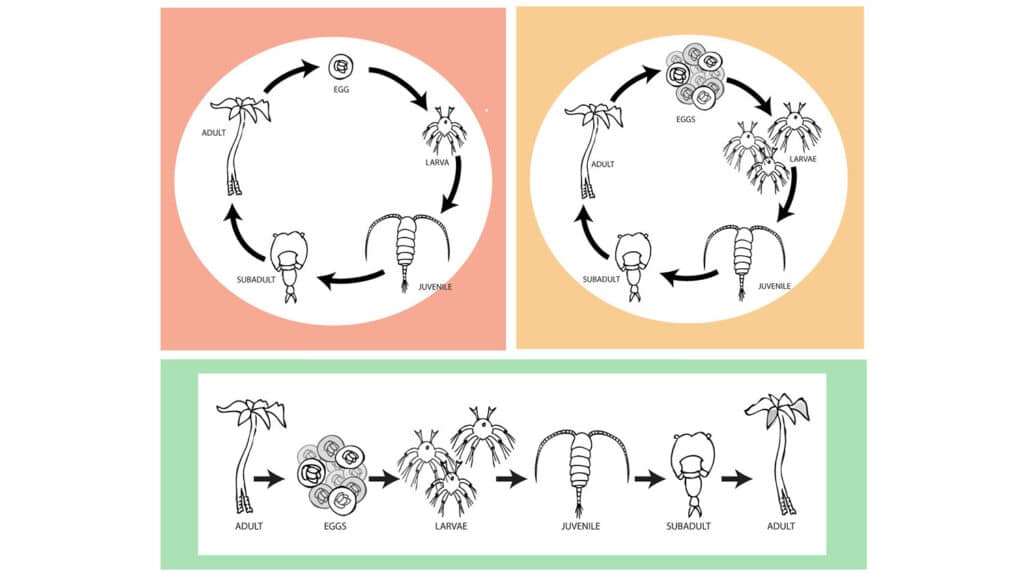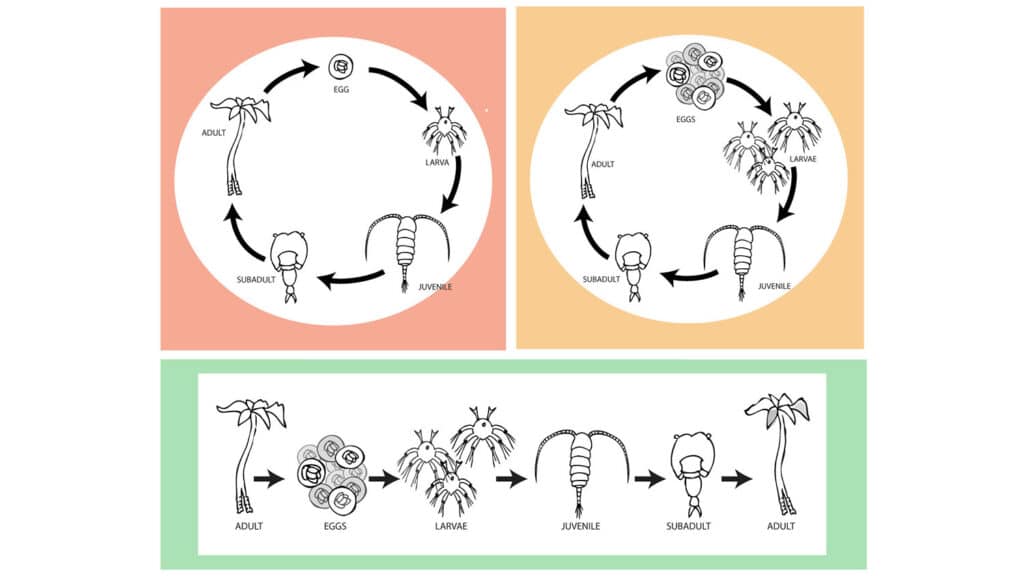Cases of measles, a highly contagious and deadly disease, are surging in parts of the US, worrying doctors and public health experts.
This year, so far, the Centers for Disease Control and Prevention (CDC), has recorded 64 cases, already more than the 58 counted in 2023. The cases have popped up in 17 states, including at a Chicago migrant shelter, a Florida elementary school, and at a restaurant in Arizona.
Most cases are linked to unvaccinated travelers, possibly driven by an uptick in measles cases abroad—in the European Union, for example, officials counted more than 42,000 cases in 2023, up from just 942 in 2022. About one in five unvaccinated people who become infected with measles are hospitalized due to complications.
While there’s currently no widespread measles outbreak in the US, a resurgence is increasingly likely as a result of lower vaccination rates after the COVID-19 pandemic.
Jeffrey Griffiths, a professor of public health and community medicine at Tufts University School of Medicine, and Helen Boucher, dean of Tufts School of Medicine, recently offered their advice to those concerned about measles affecting them or their family.
Measles can be severe and even life threatening
Measles is a viral illness with initial symptoms similar to a common cold, such as a fever, dry cough, runny nose, and sore throat. But unlike a common cold, measles typically also causes a red and blotchy skin rash, which appears first on the face and can spread to the rest of the body. Another distinct sign of measles is conjunctivitis, or red, inflamed eyes.
“If your kid gets a rash and red eyes, that’s when you know they need to be checked out by a doctor,” Griffiths says.
The most severe cases of measles for both adults and children can cause swelling of the brain, or encephalitis, which can lead to lifelong impairments such as deafness and intellectual disabilities. Encephalitis occurs in about one in every 1,000 infected people. About one in every 20 infected children also develop measles pneumonia. Out of every 1,000 children who are infected, 1–3 of them will die from respiratory and neurologic complications, according to the CDC.
Cases of measles are much worse for people whose immune systems are already weak, Griffiths says. Children who are immunocompromised or take immunocompromising drugs are particularly at risk of developing severe symptoms.
There’s no treatment for the disease, only symptom management
Once someone has been infected with measles, there’s no specific therapy they can take to get rid of the infection. Since it’s a virus, antibiotics won’t help, either—the virus simply has to run its course.
There are many ways to alleviate symptoms, though. You can relieve fevers by taking anti-inflammatory, over-the-counter drugs such as acetaminophen and ibuprofen. Griffiths also recommends getting lots of rest, staying hydrated, and eating tried-and-true comfort foods, like the proverbial chicken soup. Signs or symptoms of dehydration, shortness of breath, unclear thinking, or persistent fever indicate that a person may need to go to the hospital. At the hospital, doctors can alleviate dehydration with more intensive treatments such as intravenous fluids. Most people are sick for about 10–14 days.
It’s highly contagious and spreads through the air
Part of the reason public health experts are concerned about an uptick in measles cases is that the disease spreads very easily. The measles virus is airborne and contracted by inhaling air produced by an infected person. That means hand washing or sanitizing aren’t effective to prevent the spread of measles—once you’re infected, the only way to stop the spread is to stay away from other people.
“This is something that is very easy to get, because it’s in the air,” Griffiths says. “It’s really hard not to breathe the air of someone who’s been in a room beforehand.” The virus lingers in the air of a room up to two hours after an infected person leaves. People can also spread measles up to four days before they show symptoms, making the disease even harder to contain, he says.
“This is a particularly dangerous disease, and we need to be serious about containing this virus,” says Boucher, who recently wrote a column about the uptick in measles cases. One infected person can spread the disease to up to 90% of the people around them, she says, while one infected person on average infects 15 unvaccinated people. That makes measles much more contagious than the seasonal flu and even COVID-19, for which one infected person spread the disease to just two or three others.
Prevention protects your family and community
Fortunately, a highly effective measles vaccine exists. In fact, measles was nearly eradicated in the United States by 2000 as a result of high vaccination rates.
Griffiths suffered from the disease as a child in the 1950s, before the vaccine was released in 1963.
“There’s a reason why measles was targeted for the vaccine,” he says. “People were pretty sick.” But younger generations who weren’t alive at the height of the measles epidemic don’t know just how harmful the disease can be, he says.
“You want to prevent any of your loved ones or the people in your community from getting this,” Griffiths says. “And prevention of measles is really all about the vaccine.”
The CDC recommends that children get two doses of the measles vaccine: a first dose between 12-15 months of age, followed by a second dose between 4-6 years of age. Those two doses will protect your child for life. If your child has missed the recommended vaccines, it’s not too late, as teens and adults can receive the vaccine, too.
Vaccination greatly reduces the chances of severe symptoms, says Boucher. Because measles is so contagious, even a slight drop in vaccination rates can set the stage for an outbreak of the disease, Griffiths says. That’s why a growing culture of vaccine hesitancy is so concerning, he adds. “Vaccine disinformation campaigns have done a terrible disservice to people.”
“The measles vaccine is one of the most well-studied and safest tools we have to prevent disease,” Boucher says. “The side effects—mild fevers, rashes, and soreness—are well-worth the individual and public health benefits.”
Source: Grace van Deelen for Tufts University












